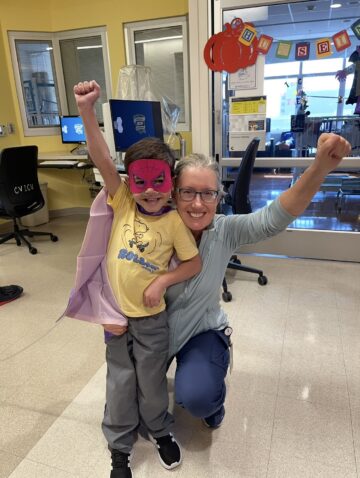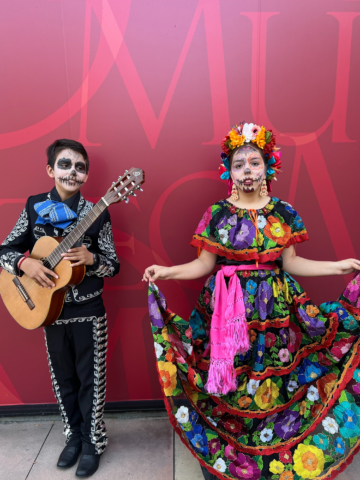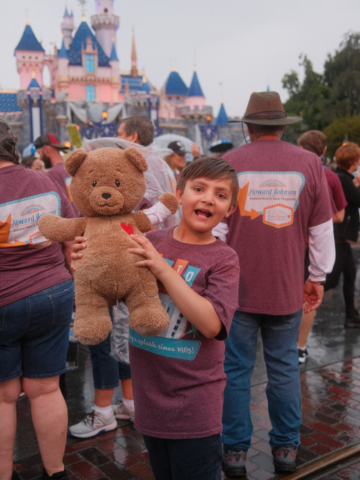When they were toddlers, siblings Julissa and Joseph looked at each other’s chests and compared their scars.
The narrow lines of fibrous tissue were remarkably similar, owing to the remarkably rare chance of both of them having the same type of congenital heart disease (CHD) that required them to undergo three surgeries and other procedures by the time they were 4 years old.
The special bond Julissa and Joseph share as they continue to thrive following their grim diagnoses before they were born has them celebrating life, and each other, daily.
“We always prank and argue with each other,” says Julissa, now 10.
Joseph, 9, brags that he can run faster than his sister.
Their mother, Hortensia, is grateful.
“I felt like my world was closing in on me,” she recalls of enduring two babies born with a rare heart defect in which they have one pumping chamber instead of two.
“My family and my faith got me through this,” Hortensia says, “and everyone at CHOC on every shift, from the doctors and nurses to the EVS workers, were amazing.”
Confusion, fear
Dr. Pierangelo Renella, a pediatric cardiologist and director of CHOC’s cardiac MRI program who detected Julissa’s condition before birth, could hardly believe it when he saw a similar condition – complex single ventricle with pulmonary atresia – in her younger brother.
“It was like lightning striking twice,” Dr. Renella says. “Just a couple of details were different in each of them. Hoping to be able to reassure her this time around, I thought ‘I can’t believe I have to break this news to her again.’”
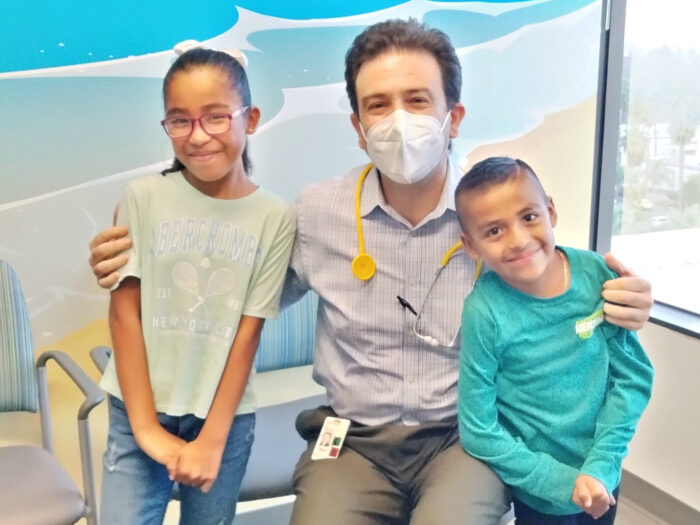
Hortensia has three healthy older children, all girls ages 16 through 27.
She was confused and frightened when, while five-months pregnant with Julissa, Dr. Renella delivered the CHD diagnosis.
“Wondering what would come next was the hardest part,” says Hortensia, a single mother.
Because the structures on the right side of Julissa’s heart were small and underdeveloped, there was no stable connection for blood to flow from her heart to her lungs.
Approximately one in 20,000 newborns have this condition, which cannot be cured but only managed with a minimum of three heart surgeries during infancy and early childhood, as well as lifelong surveillance.
The three surgeries help to rearrange the blood flow to Julissa’s lungs, and allow the single pumping chamber to pump to her body.
Care team
Julissa had the first of her three surgeries at 1 week old, the second when she was 3 months old, and the third – known as a Fontan procedure – when she was 4.
Her CHOC surgical care team that performed Julissa’s heart surgeries included Dr. Joanne Starr, congenital heart surgeon and the director of CHOC’s Extracorporeal Life Support Program (ECMO) and Dr. Richard Gates, congenital heart surgeon, co-medical director of the CHOC Heart Institute and director of cardiothoracic surgery at CHOC.

In addition to an entire team of CHOC experts, interventional cardiologist Dr. Gira Morchi also cared for the siblings.
Hortensia says she enjoyed the warm touches CHOC staffers made in Julissa’s room, including a heart-shaped pillow with the names of her nurses etched on it.
Julissa spent nearly a month in the Neonatal Intensive Care Unit (NICU) and was on oxygen for six months after she was sent home. Other than an infection, she progressed well through her series of surgeries and other procedures.
Her first boy
When Hortensia became pregnant with Joseph, she was overjoyed.
“I was very excited to be having my first boy,” she says.
Then came the eerily familiar news from Dr. Renella, who specializes in advanced cardiovascular imaging, including fetal echocardiography.
“I immediately started crying in disbelief,” Hortensia recalls.
But in many ways, she was comparatively better prepared to deal with the diagnosis because of her medical journey with Julissa.
Still, the familiar emotions of fear and anxiety were difficult to navigate.
Like Julissa, Joseph’s three surgeries were performed by Drs. Starr and Gates. However, Joseph’s journey was a little more complicated than that of his sister and included undergoing speech therapy.
“Hortensia is one of strongest and most resilient mothers I have ever met,” Dr. Starr says.
Regular kids
Hortensia says Julissa and Joseph, who return to CHOC every six months for check-ups, don’t like to be defined by their shared medical condition.
“I want to learn to speak French,” declares Julissa, a fifth-grader who loves to dance, take art classes, and play video games.
She wants to be a dentist someday.
Joseph, a third-grader, loves playing basketball and playing Nintendo.
He wants to be a doctor.
And he wants his sister to know who’s better at running.
“I run faster than her!” he declares.
Julissa rolls her eyes.
Get more expert health advice delivered to your inbox monthly by subscribing to the KidsHealth newsletter here.
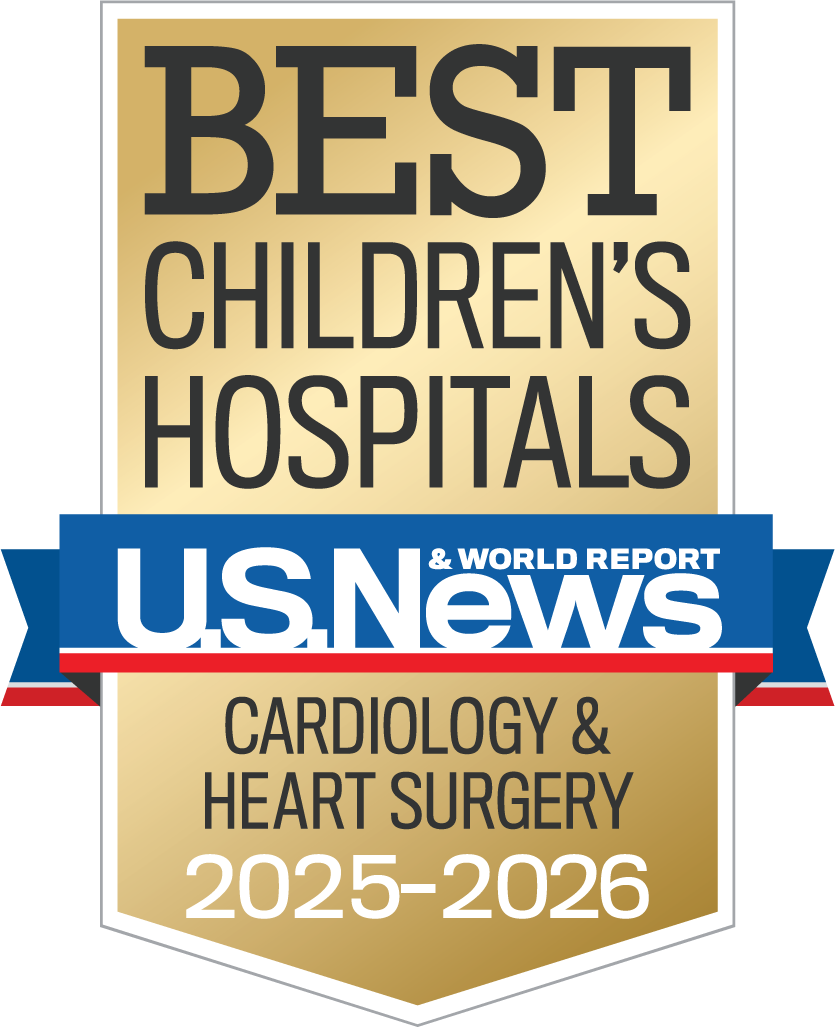
Learn more about CHOC’s Heart Institute
CHOC and UCLA Health together have been ranked among the top children’s hospitals in the nation for Cardiology & Heart Surgery by U.S. News & World Report.

